Har du lest disse?
Siste fra forsiden:
Kortnytt
Først med sivilingeniørstudium i kvante
Universitetet i Bergen (UiB) etablerer landets første sivilingeniørstudium i kvanteteknologi.
Det melder universitetet selv i en pressemelding.
Studiet åpner for studenter høsten 2026.
— Dette er et viktig steg for norsk teknologisatsing. Kandidatene fra UiB vil være med på å bygge nasjonal kompetanse og sikre at vi har fagpersoner som kan delta i utviklingen av fremtidens teknologi, både som forskere, utviklere og rådgivere, sier rektor ved UiB, Margareth Hagen.
Kvanteteknologi regnes som en av de mest banebrytende teknologiene i vår tid, og gir helt nye muligheter innen blant annet sensorteknologi, kryptografi, materialutvikling og databehandling. Med det nye programmet vil UiB ta en nasjonal lederrolle i utdanning av framtidens kvanteteknologer, står det i pressemeldingen fra UiB.
Sintef TTO ansetter ny toppsjef
Fredrik Winther er ansatt som ny administrerende direktør i Sintef Technology Transfer Office (TTO).
Han begynner i stillingen 1. april 2026, skriver Sintef i en pressemelding. Han overtar etter Anders Lian, som har hatt rollen i 24 år.
Med Fredrik på laget ser Sintef fram til videreutvikling og forsterking av sin viktige posisjon, forteller konsernsjef i Sintef Alexandra Bech Gjørv.
Winther kommer fra stillingen som strategidirektør i Katapult, og har bred erfaring med investering, venturekapital, store innovasjonssystemer, og har en doktorgrad i industriell økonomi.
– Venture-drevet innovasjon har vært dominerende i den globale teknologiutviklingen de siste tiårene, en trend som har nådd Norge og Europa, og vil være en avgjørende driver for både norsk omstilling og europeisk innovasjon. Sintef, som et av Europas største forskningsinstitutter, er unikt posisjonert i dette landskapet, sier Winther.

Fredrik Winther er ansatt som ny administrerende direktør i Sintef Technology Transfer Office. Privat 17 søkere vil bli NTNU-sjef etter Arne Kr. Hestnes
HR- og HMS-direktør Arne Kr. Hestnes skal slutte etter mange år i jobben. Nå er NTNU på utkikk etter hans etterfølger.
I alt 17 søkere hadde søkt på jobben da fristen gikk ut 8. desember.
Det er flere interne søkere på stillingen.
Arve Skjervø er i dag administrativ leder på Institutt for energi- og prosessteknikk. Juristen har tidligere arbeidet i HR- og HMS-avdelingen under Hernes.
Seksjonssjef Hege Margrethe Sand er seksjonssjef og arbeider med HR- og HMS i Fellesadministrasjonen ved NTNU.
Thale Kvernberg Andersen er instituttleder ved NTNUs Handelshøyskole.
Postdoktor Øyvind Eikrem søker også. Det var ledelsen i HMS- og HR-avdelingen, sammen med daværende rektor Anne Borg, som gikk inn for å gi ham sparken. Den turbulente saken endte med et forlik.
Dette er søkerlista, der i alt fire søkere er unntatt offentlighet:
1. Fatima Rasool Baloch, arbeidsledet, Trondheim
2. Nagmeh Dekhoda, forsker, Stavanger
3. Anette Gimnes, HR-konsulent
4. Søker er unntatt offentlighet, kvinne
5. Søker er unntatt offentlighet, mann
6. Charlotte Akerø, arbeidsledig, Ålesund
7. Hana Klak Ustolin, Destination Manager, Trondheim
8. Søker er unntatt offentlighet, kvinne
9. Øyvind Eikrem, postdoktor, Trondheim
10. Christin Hermann, kommunikasjonssjef, Trondheim
11. Tony Indergaard, Global commercial project manager, Charlottenlund
12. Søker er unntatt offentlighet, mann
13. Hege Margrethe Sand, seksjonssjef HR/HMS Fellesadministrasjonen NTNU, Trondheim
14. Trude Wenche Skjelvan, organisasjonsdirektør, Heimdal
15. Ingunn Dåvøy, sikrings- og beredskapssjef, Trondheim
16. Arve Skjervøy, administrativ leder, Melhus
17. Thale Kvernberg Andersen, instituttleder NTNU Handelshøyskolen, Trondheim

Arne Kristian Hestnes slutter ved påsketider etter 18 år i jobben. NTNU Frølich tilbys stilling som prorektor
Styret ved Universitetet i Innlandet vedtok på møtet 16. desember å tilby Nicoline Frølich stillingen som prorektor for utdanning ved Universitetet i Innlandet.
Det meldte seg ti søkere etter at stillingen ble utlyst med søknadsfrist 24. august. Frølich var ikke en av de åtte som fikk sitt navn offentliggjort.

Nicoline Frølich tilbys stillingen som prorektor for utdanning ved Universitetet i Innlandet.. Nifu — Tusen takk for tilliten styret ved Universitetet i Innlandet har vist. Nå skal jeg først snakke med rektor Peer Jacob Svenkerud og vurdere tilbudet nøye, sier Frølich til inn.no.
Frølich er professor og senterleder ved Link-Senter for læring og utdanning ved Universitetet i Oslo. Tidligere har hun blant annet vært forskningsleder og forsker ved Nifu (Nordisk institutt for studier i innovasjon, forskning og utdanning).
Hennes felt er blant annet studier av høyere utdanning, styring, ledelse og organisering av høyere utdanning, offentlig politikk rettet mot UH-sektoren, utdanningsreformer og kunnskapspolitikk.
Prorektorstillingen ved Universitetet i Innlandet ble ledig etter at Stine Grønvold takket ja til å bli organisasjonsdirektør ved universitetet. I dag er Kai Tore Bakke konstituert i stillingen.
Trump vil splitte klimaforskningssenter
Trump-administrasjonen ønsker å splitte opp National Center for Atmospheric Research (NCAR) i Boulder i Colorado, som karakteriseres som et av verdens viktigste miljøer for klima- og værforskning.
Det opplyser Det hvite hus, ifølge USA Today News.
NCAR er føderalt finansiert og har siden 1960 vært sentralt i utviklingen av moderne værvarsling og klimaforskning. Ifølge administrasjonen skal senteret gjennomgås for det de kaller «klimaalarmisme», og forskningsaktivitet knyttet til klima kan bli fjernet. Viktige funksjoner som værmodellering og superdatabehandling skal flyttes til andre institusjoner eller steder.
Planen innebærer blant annet å stenge Mesa-laboratoriet i Boulder. Tiltakene skal settes i gang umiddelbart, skriver USA Today News.
NCAR har rundt 830 ansatte og drives av University Corporation for Atmospheric Research (UCAR), et konsortium av over 130 universiteter og høyskoler. Det er uklart hvor mange arbeidsplasser som kan forsvinne.
Beslutningen kommer samtidig som Trump-administrasjonen foreslår store kutt i den amerikanske vær- og havforskningen, blant annet i NOAA. Flere forskere reagerer kraftig. NCAR er internasjonalt kjent for banebrytende arbeid innen værvarsling, blant annet forbedrede orkanprognoser.
Bjørn Eidsvåg blir æresdoktor
Den folkekjære norske artisten, Bjørn Eidsvåg, blir æresdoktor ved Lunds universitet.
Nyheten ble offentliggjort tirsdag denne uken.
— Dette så jeg ikke komme. Du verden så stas! skrev Bjørn Eidsvåg selv på sin Facebook-profil tirsdag.
— Eidsvågs lyrikk kjennetegnes av en dypt menneskelig eksistensialisme der religiøse motiver integreres med livsnære og ofte kampfylte uttrykk. Hans musikk kretser rundt den menneskelige erfaringen, kampen mellom tanker og følelser, relasjonenes sårbarhet og søken etter mening, står det blant annet i begrunnelsen for æresdoktoratet.
Dekan ved Det teologiske fakultet ved Lunds universitet, Alexander Maurits, uttaler følgende i en kommentar på universitetets nettside:
— Gjennom sin musikk har Bjørn Eidsvåg utviklet et felles kulturelt rom der tradisjonelle grenser mellom tro og sekularitet løses opp og erstattes av en samtale som er både tilgjengelig og teologisk meningsbærende.

Bjørn Eidsvåg blir æresdoktor i Sverige. Artisten er utdannet prest. Heiko Junge Ny Nokut-direktør for høyere yrkesfag
Nokut har ansatt Gry Ulvedalen som direktør for den nye avdelingen for høyere yrkesfaglig utdanning. Hun er i dag rektor ved Fagskolen Diakonova.
Avdelingen har 22 medarbeidere, og har blant annet ansvaret for akkreditering, tilsyn og veiledning innen høyere yrkesfaglig utdanning.
– Jeg gleder meg til å bli en del av Nokut og til å samarbeide med dyktige kolleger i avdelingen og ledergruppen, sier Gry Ulvedalen.
— Det er spennende å få bidra i et arbeid som har stor betydning for kvaliteten i høyere yrkesfaglig utdanning. Fagskolesektoren er i sterk utvikling, og Nokuts rolle er avgjørende for å sikre tillit og kvalitet. Jeg ser frem til å ta del i dette viktige oppdraget, sier hun.

Gry Ulvedalen går fra Fagskolen Diakonova til Nokut. Jeanette Bækkevold/Nokut 23 prosjekter får til sammen 271 millioner kroner
Forskningsrådet tildeler støtte til 23 innovasjonsprosjekter i norske bedrifter.
Bedriftene skal blant annet utvikle ny løsning for høytemperatur varmepumper, batterisystemer for storskala solcelleanlegg og undersøke hvordan kunstig intelligens kan brukes for å overvåke oljesøl.
Det skriver Forskningsrådet i en pressemelding.
185 millioner kroner går til næringslivsaktører innen miljøvennlig energi og 86 millioner til petroleumsforskning.
— Energiforskning er avgjørende for å styrke Norges økonomi, miljø og energisikkerhet. Næringslivet spiller en nøkkelrolle. Jeg ser frem til å følge prosjektene som skal utvikle ny energiteknologi som vi trenger for å øke energieffektiviseringen og konkurransekraften, sier energiminister Terje Aasland.
Her kan du sjekke hvem som får støtte.

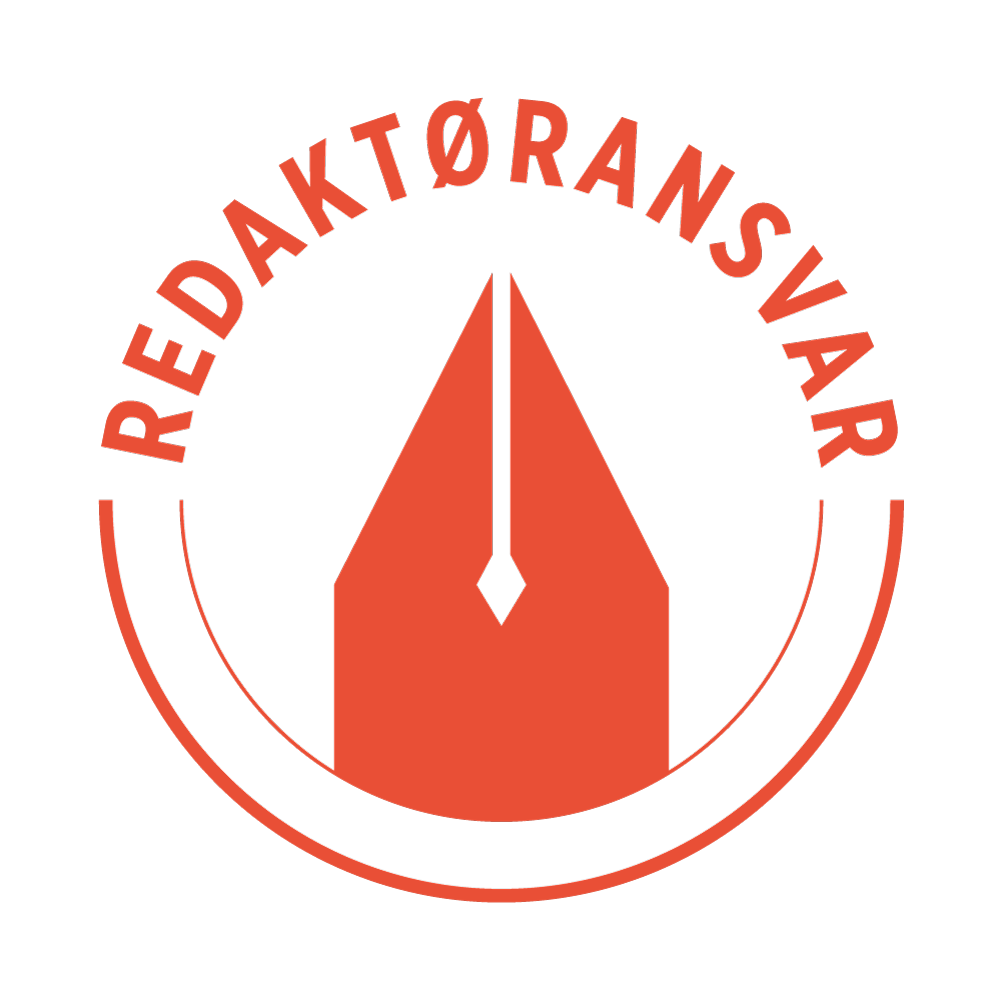
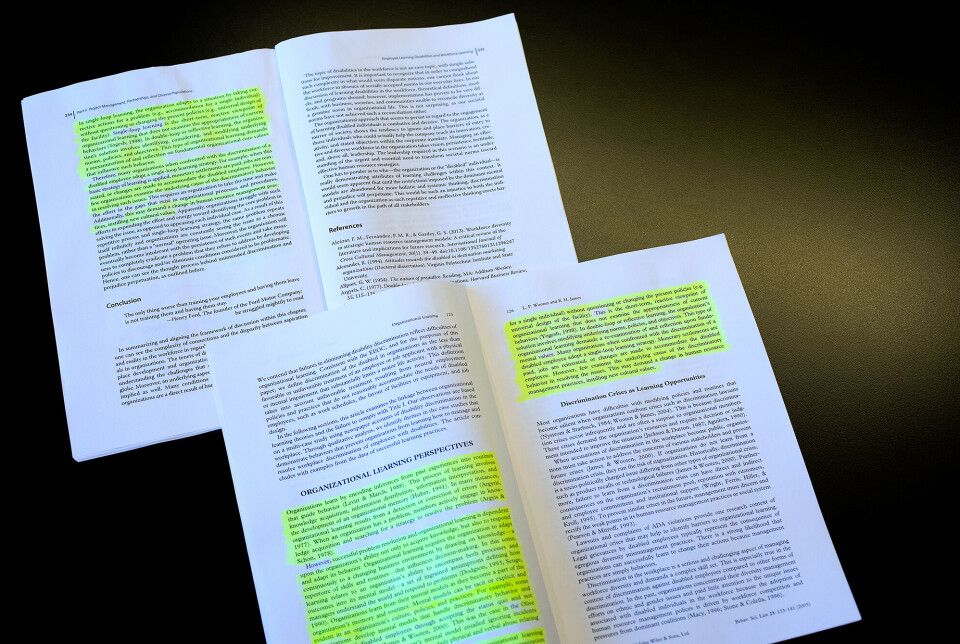
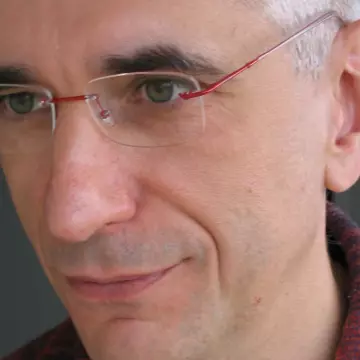




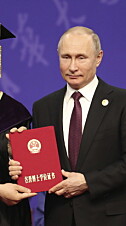




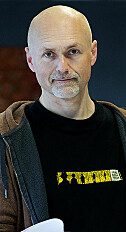





Nylige artikler
Legger ned campuskafé. — Deprimerende å sitte her
Hvem får definere hva som er legitim kunnskap?
Deler ut 48,2 milliarder. Krever tøffere prioritering
Rødt og SV bekymret for konsekvensene av ny finansieringsordning
La inn «KI-feller» i oppgavetekst: — Eksamen bør være rettferdig
Mest leste artikler
Slår alarm om svake norskkunnskaper blant studenter. — Betydelige utfordringer
Førsteamanuensis ved UiT får skriftlig advarsel
La inn «KI-feller» i oppgavetekst: — Eksamen bør være rettferdig
Ouriginal fant 98 prosent tekstlikhet. Advokat mener det kun er 0,94 prosent
Dette teller mest når du søker jobb: — Ikke antall artikler alene